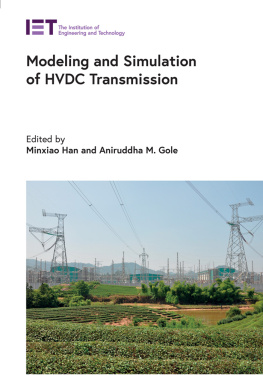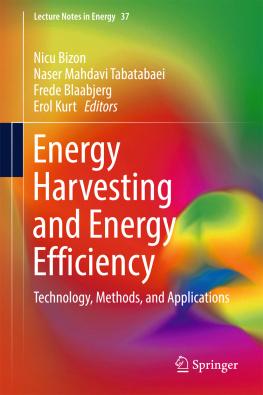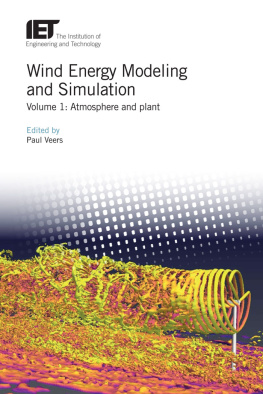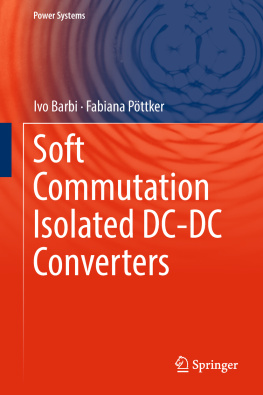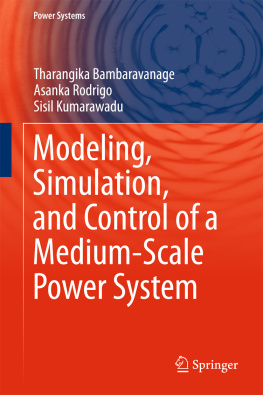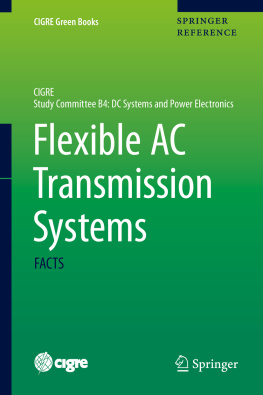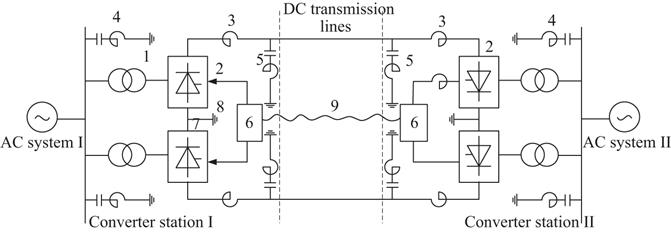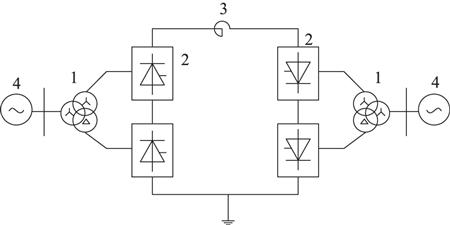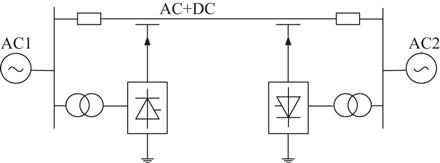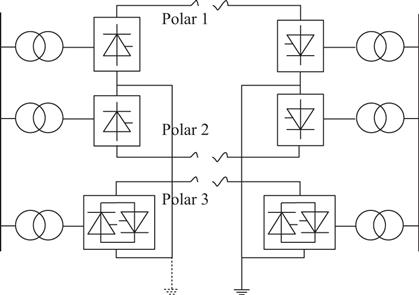Minxiao Han - Modeling and Simulation of HVDC Transmission (Energy Engineering)
Here you can read online Minxiao Han - Modeling and Simulation of HVDC Transmission (Energy Engineering) full text of the book (entire story) in english for free. Download pdf and epub, get meaning, cover and reviews about this ebook. City: London, year: 2021, publisher: The Institution of Engineering and Technology, genre: Science. Description of the work, (preface) as well as reviews are available. Best literature library LitArk.com created for fans of good reading and offers a wide selection of genres:
Romance novel
Science fiction
Adventure
Detective
Science
History
Home and family
Prose
Art
Politics
Computer
Non-fiction
Religion
Business
Children
Humor
Choose a favorite category and find really read worthwhile books. Enjoy immersion in the world of imagination, feel the emotions of the characters or learn something new for yourself, make an fascinating discovery.
- Book:Modeling and Simulation of HVDC Transmission (Energy Engineering)
- Author:
- Publisher:The Institution of Engineering and Technology
- Genre:
- Year:2021
- City:London
- Rating:5 / 5
- Favourites:Add to favourites
- Your mark:
Modeling and Simulation of HVDC Transmission (Energy Engineering): summary, description and annotation
We offer to read an annotation, description, summary or preface (depends on what the author of the book "Modeling and Simulation of HVDC Transmission (Energy Engineering)" wrote himself). If you haven't found the necessary information about the book — write in the comments, we will try to find it.
The development of large-scale renewable generation and load electrification call for highly efficient and flexible electric power integration, transmission and interconnection. High Voltage DC (HVDC) transmission technology has been recognized as the key technology for this scenario. HVDC transmissions, including both the line commutated converter (LCC) HVDC and voltage source converter (VSC) HVDC have played an important role in the modern electric power system. However, with the inclusion of power electronic devices, HVDC introduces the characteristics of nonlinearity and different timescales into the traditional electromechanical system and thus careful modeling and simulation of HVDC transmission are essential for power system design, commissioning, operation and maintenance.
This book focuses on the modeling and simulation of HVDC transmission systems. The development of HVDC technologies is briefly introduced, and then the role of modeling and simulation in the research and development of HVDC systems is discussed. The chapters cover the general practice of HVDC modeling and simulation; electromagnetic modeling of LCC HVDC; VSC HVDC system modeling and stability analysis; electromagnetic modeling of DC grids; electromagnetic simulation of HVDC transmission; electromechanical transient simulation of LCC HVDC; electromechanical simulation of VSC HVDC; dynamic phasor modeling of HVDC; small-signal modeling of HVDC systems; hybrid simulation for HVDC; and real-time modeling and simulation for HVDC systems. The simulation algorithms are explained for each model and case studies and application examples are included.
This book is essential reading for engineers and researchers involved with transmission grid construction, as well as advanced students of electrical engineering.
Minxiao Han: author's other books
Who wrote Modeling and Simulation of HVDC Transmission (Energy Engineering)? Find out the surname, the name of the author of the book and a list of all author's works by series.

